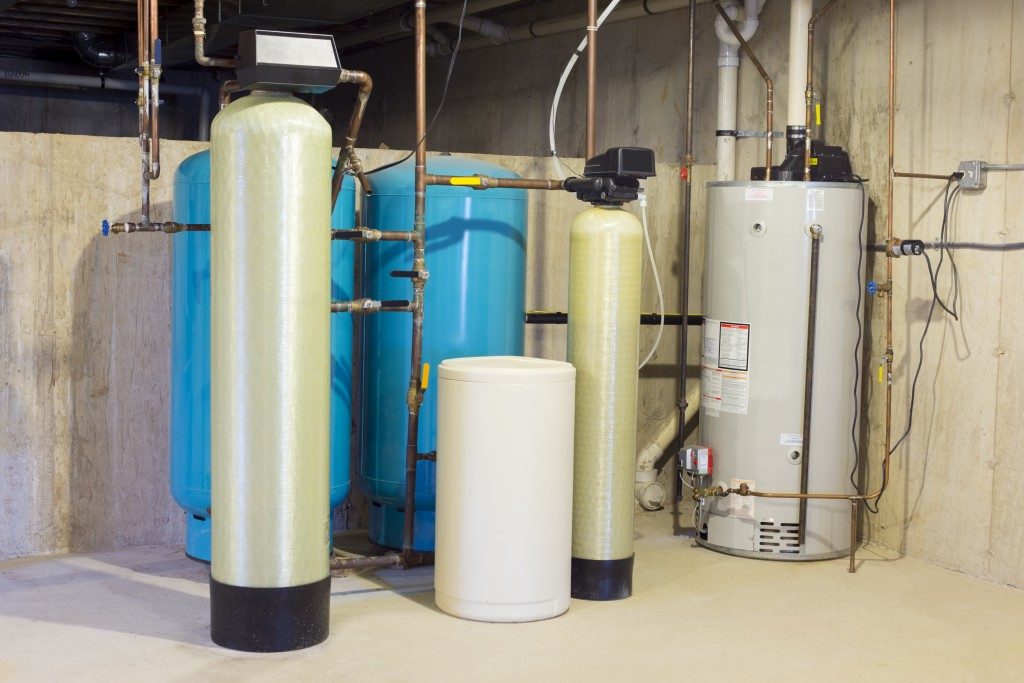Storage tanks, especially those that strictly adhere to construction standards, are built to be sturdy, safe, and resilient. However, even those that follow industry standards require to be relined or need new linings to ensure that they continue to prevent corrosion, leaks, and other issues while still being able to function as designed. As such, it’s vital for you to know the different types of industrial tank liners to determine which one is the best for your storage tank as each type of tank lining have different uses and limitations.
Epoxy Tank Lining
Epoxy is one of the most common and leading materials for corrosion control from concrete structures to tanks. Epoxy coatings are very versatile and resistant to corrosion, temperature, and chemicals. During application, some epoxy coatings can be solvent-free, which reduces the risks and volatile organic compounds (VOC) emissions. As such, epoxy tank linings can apply to potable (and non-potable) water tanks, steel tanks, chemical tanks, wastewater, high-temperature tanks, and oil tanks. However, epoxy isn’t as flexible as other linings and require slow curing, but its advantages and applicability heavily outweigh these downsides, and they could easily be relined in case of wear or damage.
Polyurethane Tank Lining

Polyurethane is similar to epoxies, but their flexibility and brittleness can be modulated through controlling their formulation. Flexibility and crack-bridging properties make polyurethane suitable for concrete storage tanks. Polyurethane is applicable for water tanks, concrete tanks, and chemical tanks. They can also be applied without solvent, but have less curing time than epoxy and are very sensitive to moisture while they’re being applied.
Polyurea Tank Lining
Polyurea tank linings are often used in water and wastewater industries and treatment plants as they can withstand chemicals and chemical gasses that are produced in waste treatment facilities. Often, anti-microbial additives are mixed into polyuria to reduce microbial growth on the tank linings, which causes corrosions. Polyurea offers exceptional flexibility and strength and is suitable for many applications similar to those of epoxy tank linings. But unlike epoxy tank linings, polyuria requires little curing time, which allows for faster installations. Additionally, polyurea tank linings are abrasion resistant and have a long service life. However, polyurea isn’t always suitable for food storage and aren’t permeable to vapors (which may lead to blistering).
Vinyl Ester Lining
Vinyl ester tank linings provide the highest chemical resistance levels and are mostly used for storage tanks containing chemicals and refinery environments. Additionally, vinyl ester linings can withstand high operating temperatures making them perfect for any industry that deals with strong and corrosive chemicals and high-temperature substances and processes. However, vinyl ester linings aren’t flexible and may require reinforcement when movement in the storage tank is suspected. Also, extra caution and protection should be taken as vinyl ester coatings can be sensitive to moisture and pungent during application.
Knowing these different types of industrial tank liners and their recommended usage and advantages would help your company pick out the right one for your storage tank. However, it would be best for you to consult a professional tank and tank lining service company so that they can expertly assess which one would be the best for your storage tank, and could perhaps even detect and fix any vulnerabilities of your tanks.

